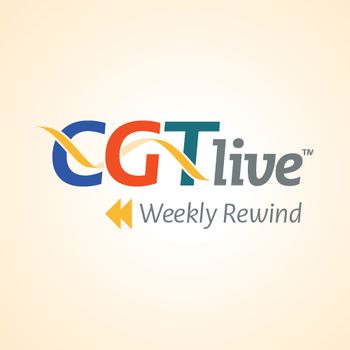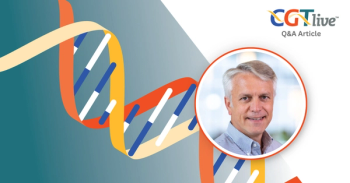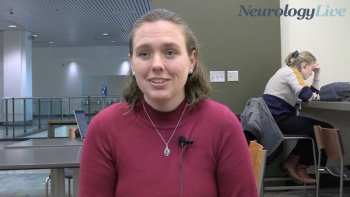
David Dimmock, MBBS, on AI-Guided ASO Development for Ultra-Rare Diseases
The chief medical officer at Creyon Bio overviewed the development of an allele-selective TNPO2 protein for a single patient with a de novo pathology.
“The hope was could we actually design an oligo that could get rid of this bad protein that was building up in the brain whilst leaving the good copy of that gene alone? And would that actually make a difference? The challenge with this disease is we knew the genetic changes that were causing the disease [but] at this point we didn't have any long read sequencing, so we didn't know of any other parts of the genome that were on the bad copy of the gene. So, we were forced to design the oligo to actually hit the disease-causing variant.”
An antisense oligonucleotide (ASO) therapeutic demonstrated knocking down an allele selective toxic Transportin-2 (TNPO2) protein, the target of which was informed using an artificial intelligence (AI) model, in a case study of a single patient with a de novo heterozygous pathogenic variant causing a missense change in TNPO2.
The ASO was developed by Creyon Bio with the use of the company’s AI discovery platform. The path to treatment was a fast one, with the patient dosed within 1 year of initiating the project. The child tolerated dose escalation up to 40mg with up to 3 doses.
Investigators found that the child had a dramatic reduction in seizure frequency subsequent to the second dose and regained developmental milestones that were lost and developed new skills following the third dose. These improvements regressed and were regained between and after doses.
CGTLive spoke with David Dimmock, MBBS, chief medical officer at Creyon, to learn more about how the ASO was developed for this case study and challenges specific to it that the development faced.
REFERENCE
Dimmock DP, Bird L, Bouck A, et al. AI Enabled ASO Design Can Lead to Rapid Initiation of Treatment for an Ultra-Rare Disorder Leading to Allele Selective Knockdown of a Toxic Protein and Consequent Clinical Improvement. Presented at: ASGCT 27th Annual Meeting, May 7-10; Baltimore, Maryland. Abstract #309
Newsletter
Stay at the forefront of cutting-edge science with CGT—your direct line to expert insights, breakthrough data, and real-time coverage of the latest advancements in cell and gene therapy.




































